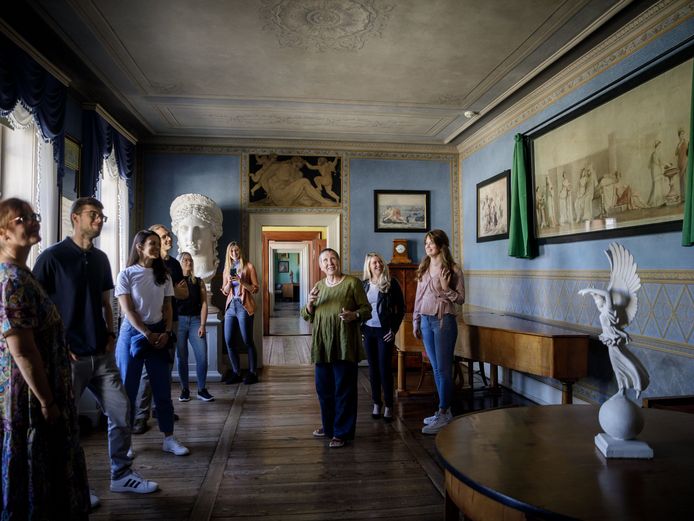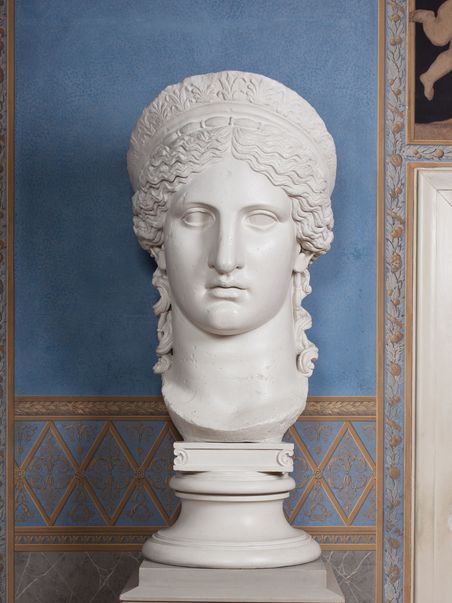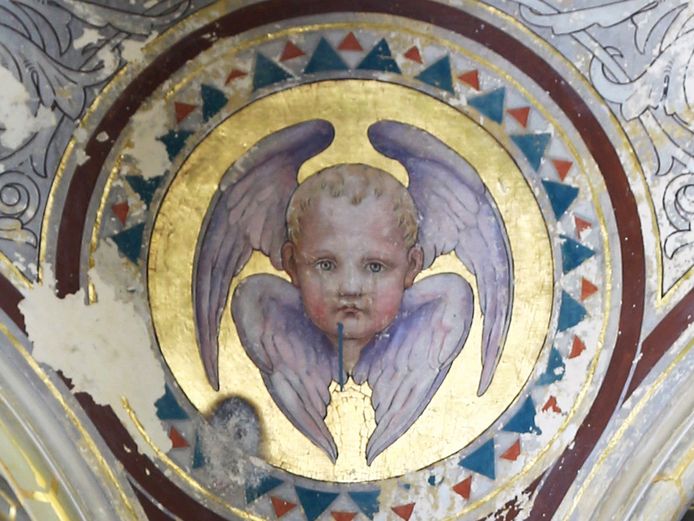Action alliance #WhereisGoethe
With your donation, you can become a member of our action alliance #WhereisGoethe! Your donation will help us preserve this treasure, highlight its importance in the world today and generate new enthusiasm for Goethe and his legacy for future generations.
Your donation can help support our efforts to restore, for example, the impressive Juno bust in the Goethe Residence. Any donation – small or large – would be greatly appreciated.
When transferring your donation to the account of the Klassik Stiftung Weimar, please include “Goethe-Nationalmuseum” as the intended purpose so as to ensure your gift goes to support this important project. We are happy to provide receipts for donations of 300 euros or more.
Klassik Stiftung Weimar
Sparkasse Mittelthüringen
IBAN: DE08 8205 1000 0301 0230 00
BIC: HELADEF1WEM
Click here to donate online and support the Goethe National Museum and the restoration of the Juno bust:
Your suggestions and wishes
Please share your ideas, wishes and questions about the new conception of the historical ensemble with us.





